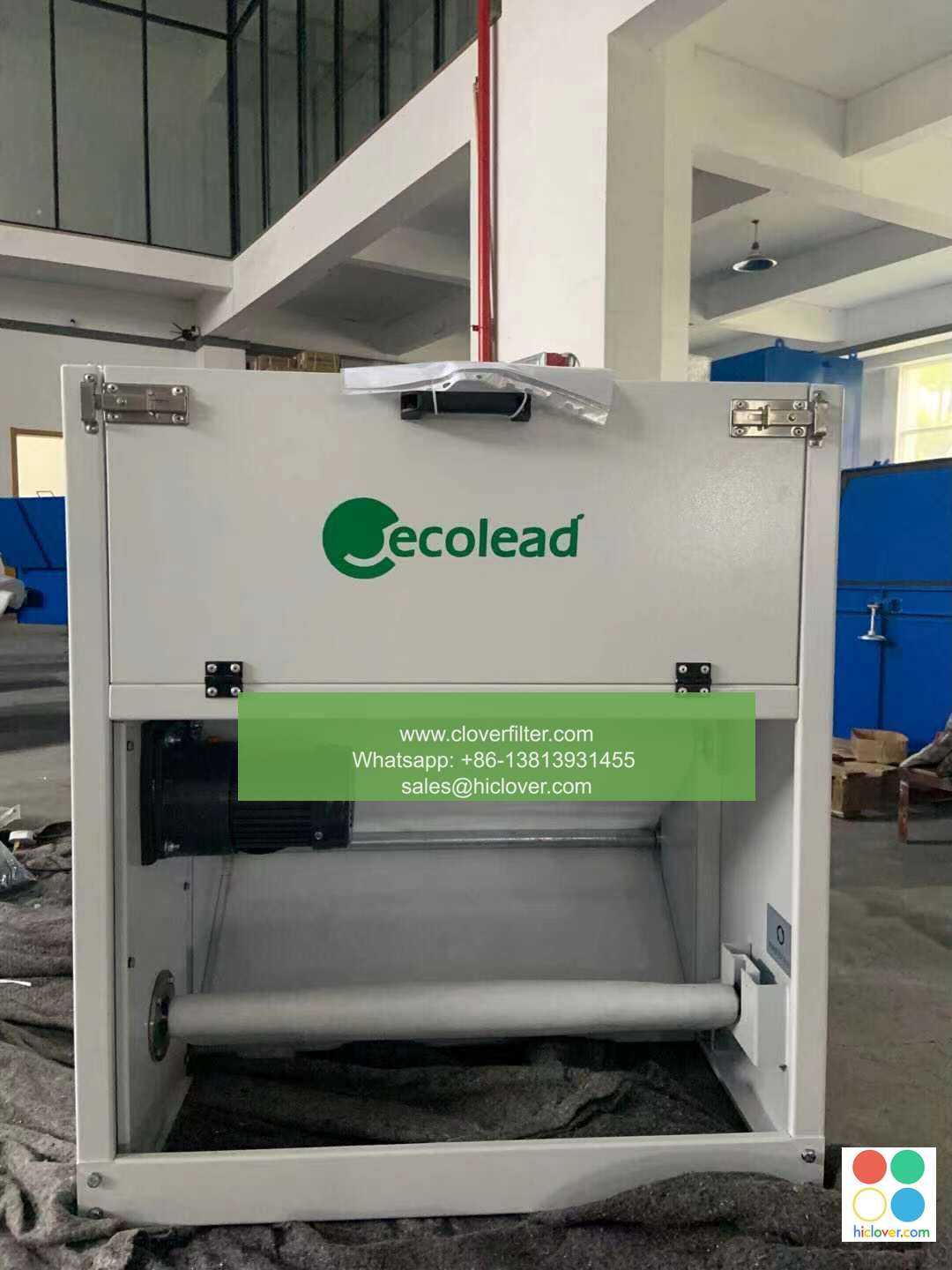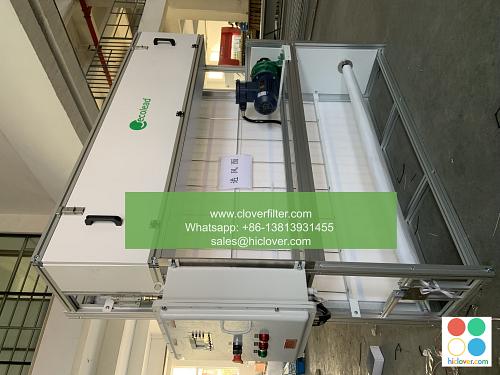The Science Behind Electrostatic Air Filters

Electrostatic air filters are a type of air purification system that uses static electricity to attract and trap airborne particles, including dust, pollen, and other contaminants. The technology behind these filters is based on the principles of electrostatics, which involves the use of electric charges to manipulate the behavior of particles. In this article, we will delve into the science behind electrostatic air filters, highlighting various application areas and the benefits of using these systems.
How Electrostatic Air Filters Work
Electrostatic air filters work by using a high-voltage electric field to ionize the air and create a static electric charge. This charge is then used to attract and trap airborne particles, which are drawn to the filter media like a magnet. The filter media is typically made of a porous material, such as a polyester or fiberglass mesh, which allows air to pass through while trapping particles.
The electrostatic charge is created by a process called corona discharge, which involves the Ionization of air molecules near a sharp electrode. The resulting electric field creates a region of high ion density, which attracts and captures airborne particles. The particles are then trapped on the filter media, where they can be easily removed and cleaned.
Key Components of Electrostatic Air Filters
There are several key components that make up an electrostatic air filter, including:
* Ionizer: This is the component that creates the high-voltage electric field and ionizes the air.
* Filter Media: This is the material that traps the airborne particles and allows air to pass through.
* Collector Plates: These are the plates that attract and capture the ionized particles.
* Power Supply: This is the component that provides the high-voltage electric field needed to operate the filter.
Applications of Electrostatic Air Filters
Electrostatic air filters have a wide range of applications, including:
* Indoor Air Quality (IAQ) Improvement: Electrostatic air filters are commonly used in residential and commercial buildings to improve indoor air quality and reduce the concentration of airborne particles.
* Industrial Air Filtration: Electrostatic air filters are used in various industrial applications, including manufacturing, processing, and packaging, to remove airborne contaminants and improve air quality.
* Medical Facilities: Electrostatic air filters are used in hospitals, clinics, and other medical facilities to remove airborne pathogens and improve air quality.
* Transportation Systems: Electrostatic air filters are used in vehicles, including cars, buses, and airplanes, to improve air quality and reduce the concentration of airborne particles.
Benefits of Electrostatic Air Filters
There are several benefits to using electrostatic air filters, including:
* High Efficiency: Electrostatic air filters can capture up to 99.97% of airborne particles, making them highly effective at improving air quality.
* Low Maintenance: Electrostatic air filters require minimal maintenance and can be easily cleaned and replaced.
* Energy Efficiency: Electrostatic air filters are highly energy efficient and can help reduce energy costs.
* Cost-Effective: Electrostatic air filters are a cost-effective solution for improving air quality and reducing the concentration of airborne particles.
Conclusion
In conclusion, electrostatic air filters are a highly effective and efficient technology for improving air quality and reducing the concentration of airborne particles. With their high efficiency, low maintenance, and cost-effectiveness, electrostatic air filters are a popular choice for a wide range of applications, including indoor air quality improvement, industrial air filtration, medical facilities, and transportation systems. By understanding the science behind electrostatic air filters, we can appreciate the benefits and applications of this technology and make informed decisions about how to use it to improve air quality and protect public health. It seems like you haven’t provided a specific question or topic for me to address. Could you please provide more details or clarify what you would like to discuss? I’m here to help with any questions or topics you’d like to explore.

